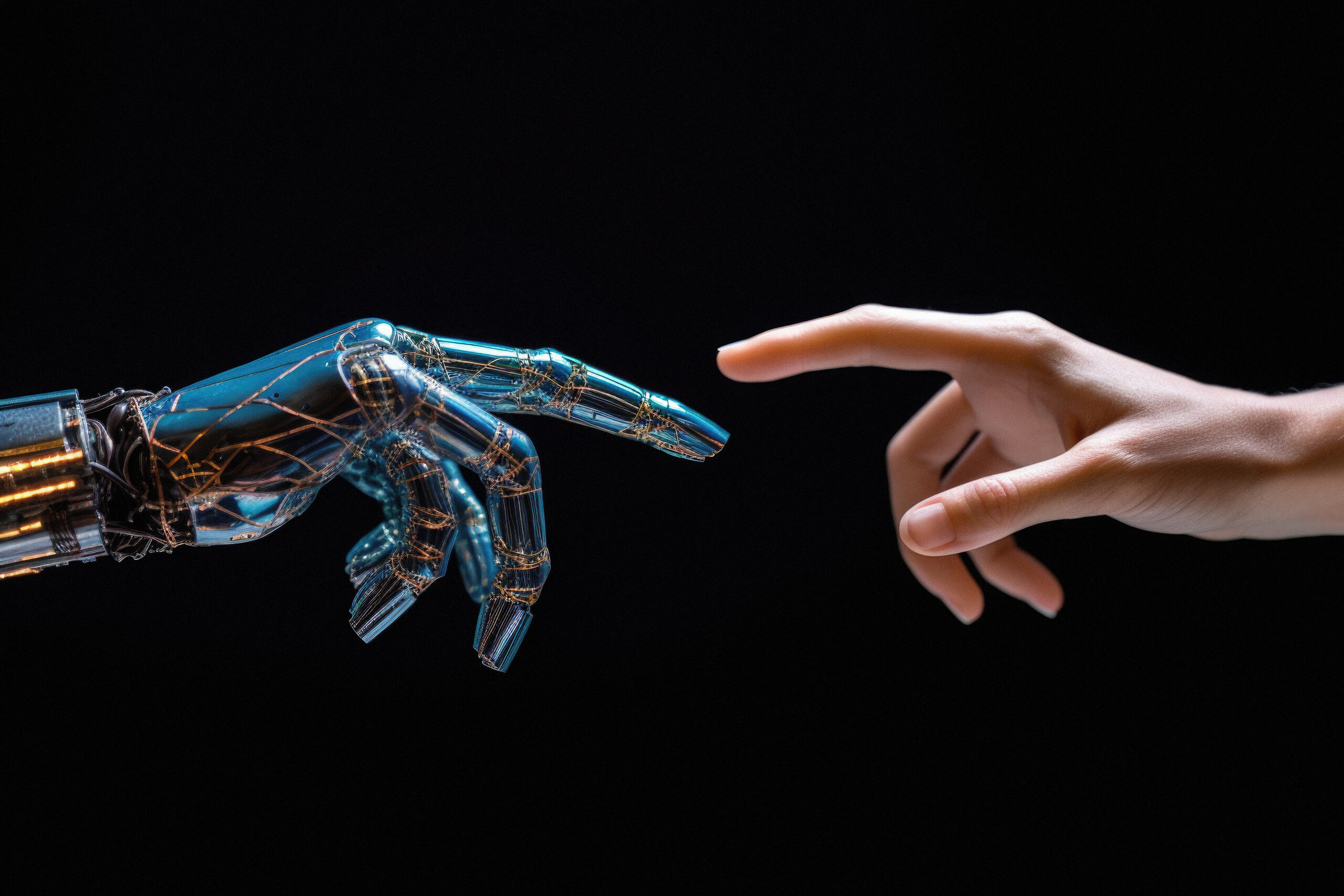
AI Overload
AI Overload
Do We Really Need Robots Making Our Sandwiches?
Artificial Intelligence. AI. The grand digital savior of the 21st century.
It’s the superhero swooping in to rescue us from the horrors of mundane tasks like setting alarms, ordering groceries, and—heaven forbid—actually thinking for ourselves. But hold up a minute!
Do we really need AI for everything? I mean, do we really need a toaster that’s smarter than half the people you meet at a party?
Let’s take a hilarious, tongue-in-cheek journey through the increasingly ridiculous AI landscape and ask: have we gone too far?
The Rise of AI: A Brief and Overwhelming History
Remember the good old days when AI was just a concept in sci-fi movies? Back when robots were clunky, and their primary function was to serve humans—sometimes a bit too literally, as in “serve human” for dinner. Fast forward to today, and AI is everywhere. It’s like that one friend who doesn’t understand personal space. Helpful, sure, but also kind of annoying.
We started off slow with things like spellcheck and Google search algorithms. Handy little helpers. But then someone got the bright idea to put AI in everything. Now we’ve got smart fridges that tell you when your milk’s gone bad and toilets that analyze your pee. Yes, you read that right. Toilets. Because who wouldn’t want a toilet that gives feedback on their diet?
Gourmet or Garbage?
Let’s start with the kitchen. The heart of the home. A place for creativity and comfort. Enter AI. Suddenly, every appliance has an IQ higher than the average middle schooler. Smart fridges, smart ovens, smart microwaves, and—my personal favorite—the smart toaster.
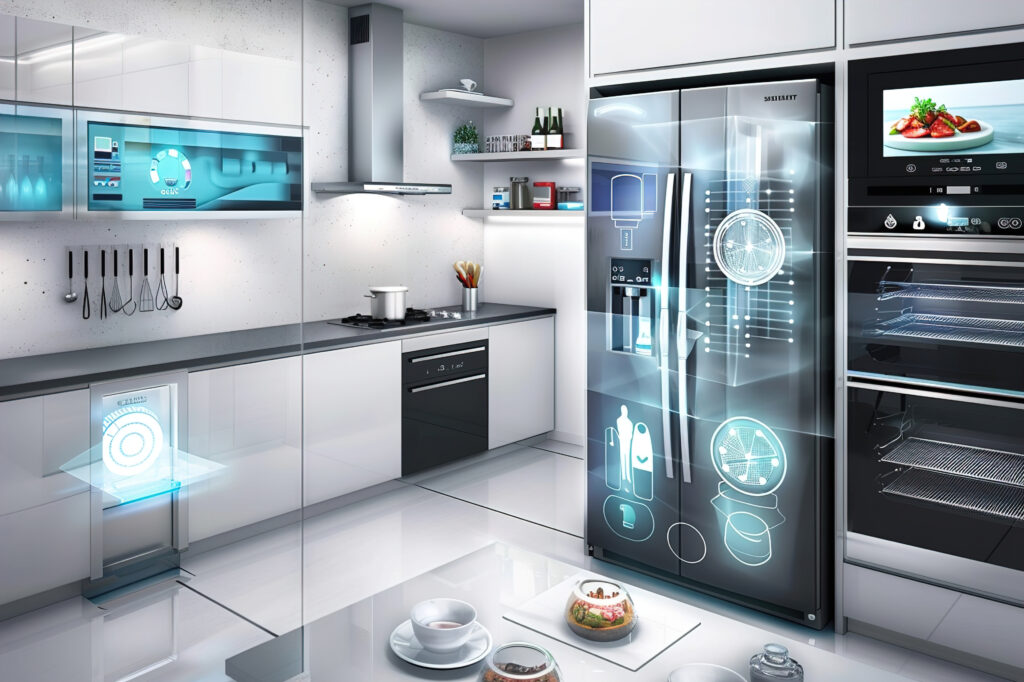
Because toasting bread is just too darn hard, right? You can now buy a toaster that’s connected to Wi-Fi, controlled via an app, and capable of delivering the perfect toast based on weather conditions, altitude, and your mood. We’re talking toast that’s so advanced, it should come with a PhD. But here’s a thought: maybe, just maybe, we could toast bread the old-fashioned way. You know, by watching it.
For instance, the Revolution Cooking R180 High-Speed Smart Toaster Revolution Cooking uses advanced technology to toast bread perfectly every time. But really, do we need an app for that?
Because We All Need Judgmental Toilets
If there’s one place you’d think we could escape the all-seeing eyes of AI, it’s the bathroom. Wrong again!
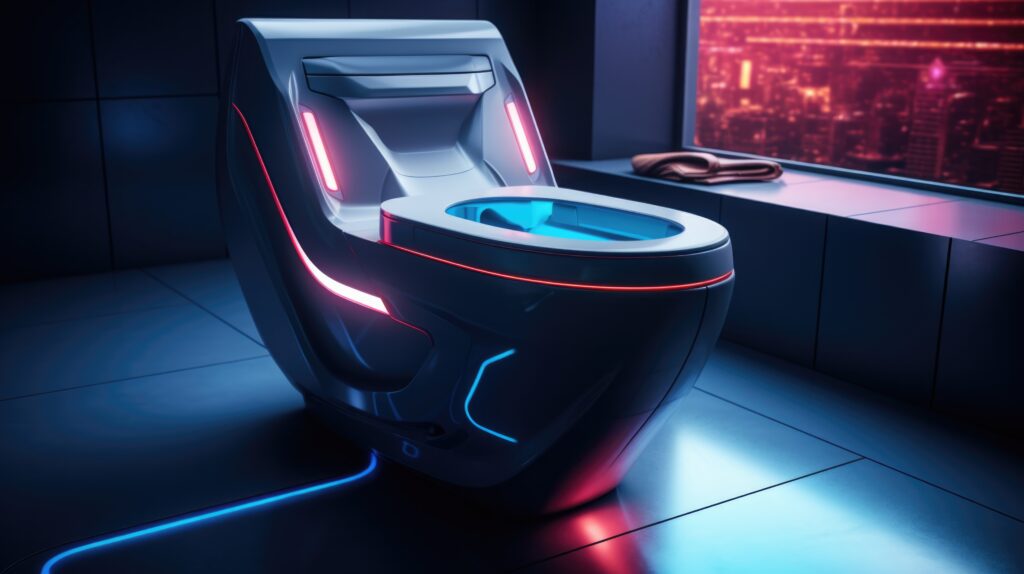
Take the AI-powered mirror that tells you how to fix your hair or what products to use. Forget about a bad hair day; now you can have a machine tell you just how badly you’re failing at looking presentable. Or the smart toilet that gives you health tips based on your… contributions. Because everyone wants to start their day with a lecture from their loo, right?
Check out the HiMirror HiMirror for a glimpse into how AI can critique your skincare routine. Or the Kohler Numi Kohler smart toilet, which can analyze your health data. A bit too much information, perhaps?
Couch Potatoes Rejoice!
The living room should be a sanctuary, a place to relax. Instead, we’ve got AI making it a hub of digital surveillance. Smart TVs that recommend shows you’re too lazy to search for yourself. Voice-activated assistants that control your lighting, music, and temperature—sometimes all at once, just to keep you on your toes.

And let’s not forget the smart couch. Yes, it exists. A couch that adjusts its firmness based on your sitting posture and body weight. Because getting comfortable is just too much effort these days. Imagine inviting friends over and having your couch critique their seating preferences. “Sorry, Jim, but the couch says you need to lose a few pounds.”
The Cubicle Just Got Creepier
Workplaces aren’t safe from the AI invasion either. From AI-driven recruitment processes that scan resumes in milliseconds (and probably judge your life choices) to automated emails that schedule meetings, we’re living in a digital dystopia.

Meetings used to be simple. You’d check your calendar, show up, and maybe take a nap. Now, AI schedules the meetings, sets the agenda, and even sends follow-up emails. Great, more time for actual work, right? Except now you’re competing with AI for your job. Nothing like a little robot rivalry to spice up the 9 to 5.
For instance, Hiretual Hiretual uses AI to streamline the hiring process, and X.AI X.AI schedules meetings for you. Convenient? Yes. Creepy? Absolutely.
Too Much Information?
AI in healthcare is a double-edged sword. On one hand, it’s saving lives with advanced diagnostics and personalized treatment plans. On the other hand, it’s like having a nagging parent constantly monitoring your vitals.
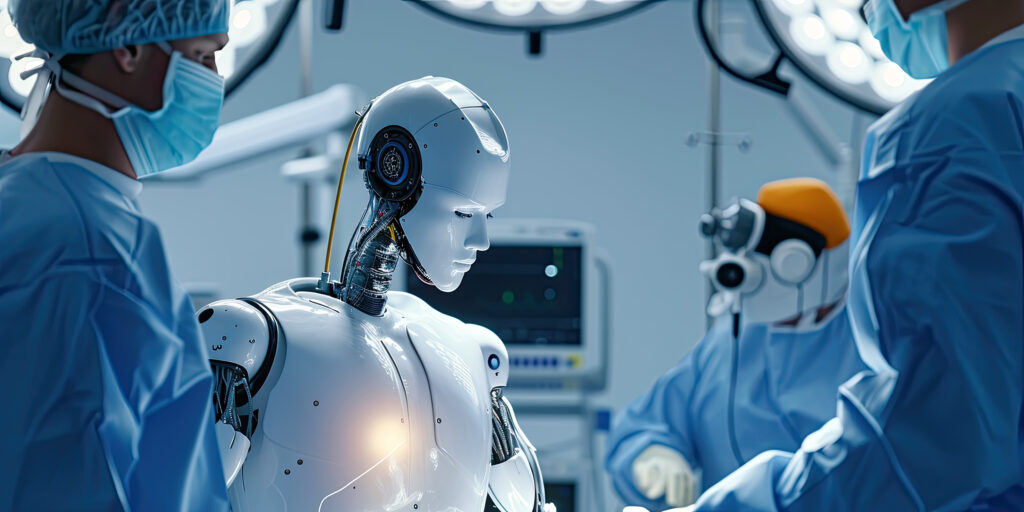
Wearable tech tracks your heart rate, steps, sleep patterns, and probably how often you check your phone. It’s all very impressive until you realize your smartwatch knows more about your bodily functions than you do. It’s like having a tiny doctor strapped to your wrist, one that silently judges your every move. “Oh, you only took 5,000 steps today? Pathetic.”
Consider the Apple Watch Apple which monitors a wide range of health metrics. Or the Fitbit Fitbit that offers detailed health insights. Helpful, yes, but do we really need this level of scrutiny?
Robo-Teachers and Beyond
Classrooms are getting an AI upgrade too. Smart boards, AI tutors, and automated grading systems. Remember when you could trick your teacher into thinking your dog ate your homework? Try explaining that to an AI-powered system that’s already scanned and analyzed your assignment.
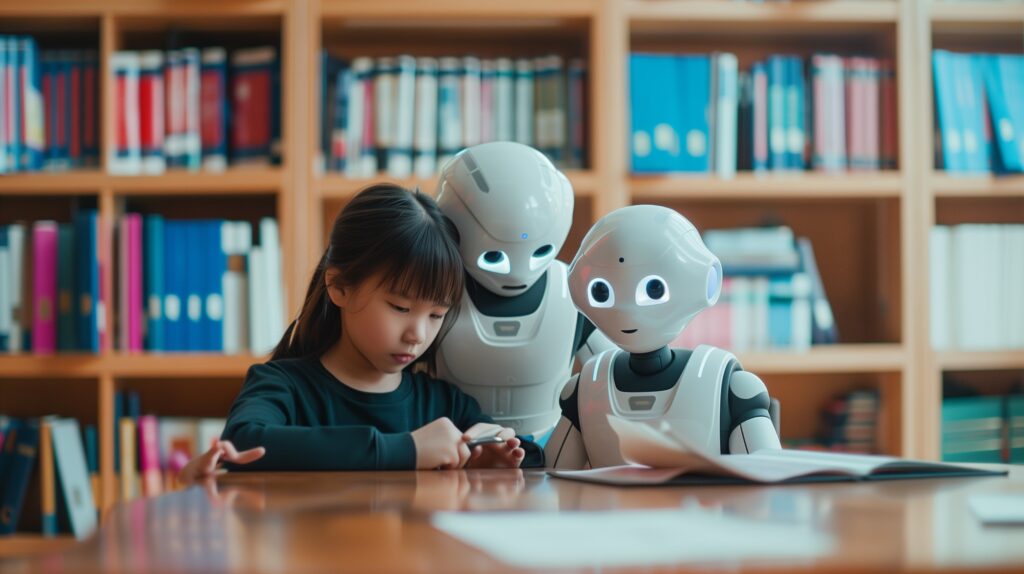
And let’s talk about robo-teachers. They might not be mainstream yet, but they’re coming. Imagine a classroom where the teacher never gets tired, never loses their patience, and always knows the answer. Sounds perfect until you realize there’s no escape. No more goofing off at the back of the class. The robo-teacher sees all, knows all, and never, ever forgets.
Check out the Carnegie Learning Carnegie Learning AI-driven educational software. Impressive, but let’s not replace all the human teachers just yet.
Self-Driving Drama
Self-driving cars. The pinnacle of AI innovation. No more road rage, no more parking hassles, no more accidents caused by human error. Sounds like a dream, right? Except now your car has a mind of its own.
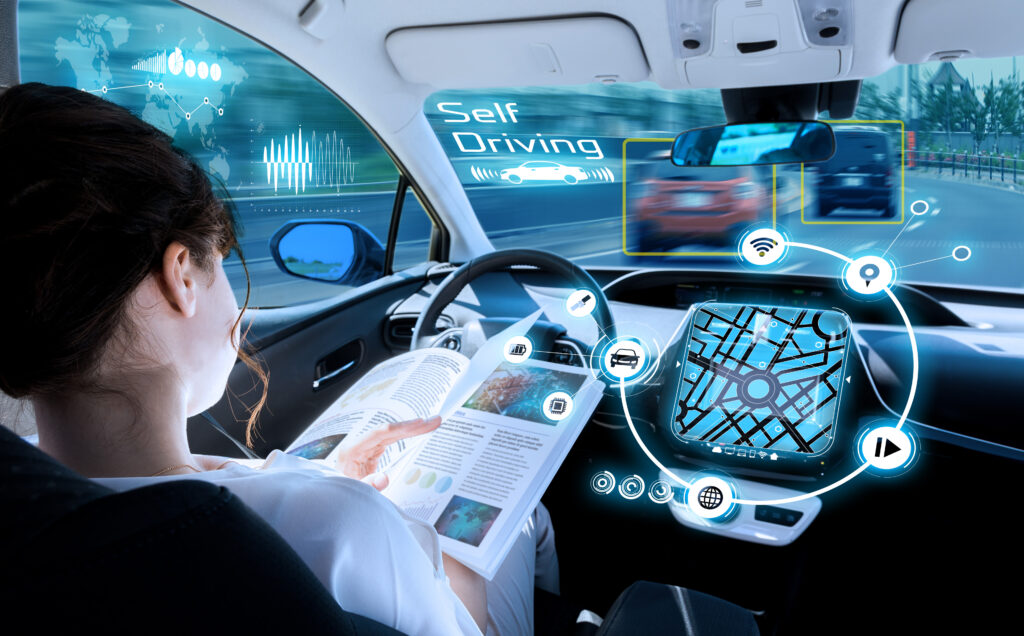
Imagine arguing with your car about the best route to take. “No, I don’t want to take the scenic route, Tesla. I’m late for work!” Or worse, having your car refuse to start because it thinks you’re too tired to drive. It’s like having a really bossy chauffeur who’s also a bit of a know-it-all.
Check out Tesla’s Autopilot Tesla or Waymo’s self-driving technology Waymo. Groundbreaking? Yes. But also a bit unnerving when your car starts making decisions for you.
Love in the Time of Robots
Even love isn’t safe from the clutches of AI. Dating apps use AI to find your perfect match. They analyze your preferences, swipe history, and even your text messages. Because nothing says romance like an algorithm deciding who you should date.
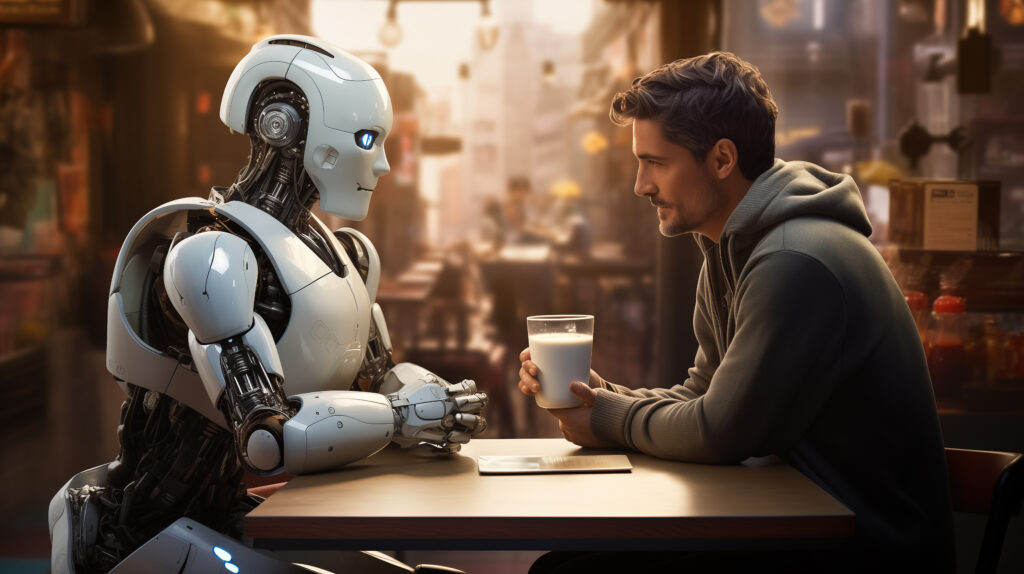
And let’s not forget AI companions. Virtual girlfriends and boyfriends who never argue, always listen, and remember your anniversary. Sounds ideal until you realize you’re essentially dating your phone. Imagine introducing your AI partner to your friends. “Hey everyone, meet Siri. She’s great at conversation but can’t hold hands.”
Look at Replika Replika for AI companionship, or Tinder Tinder which uses AI to match you with potential dates. But seriously, can an algorithm truly replace human interaction?
Leave the Roofs to the Pros
In our rush to integrate AI into every aspect of life, we might be forgetting something important: some tasks are better left to humans. Take roofing, for instance. Do we really want robots installing roofs?
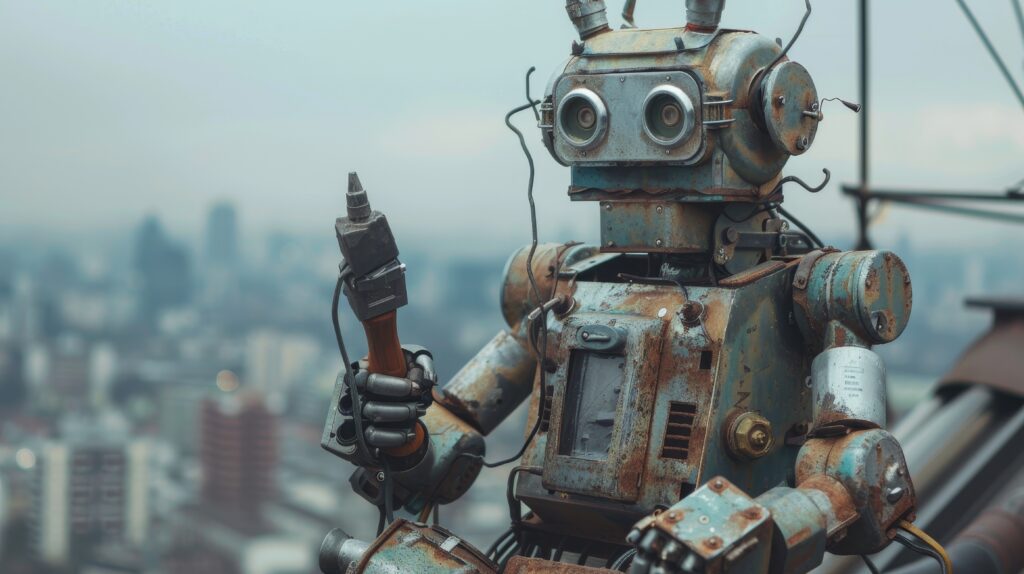
A slight miscalculation and your roof could end up looking like abstract art. Roofing requires a human touch, an eye for detail, and, let’s face it, a sense of balance. I’d rather trust a skilled human with years of experience than a robot with a glitchy sensor.
Human Skills Still Reign Supreme
And what about driving heavy equipment? Bulldozers, cranes, and forklifts are better operated by trained professionals. These machines require nuanced control and quick decision-making—traits that humans excel at.
Sure, AI can help with precision, but would you trust a robot to navigate a busy construction site? I wouldn’t. Sometimes, it’s best to leave the heavy lifting to the humans who know what they’re doing. Regardless it is pretty cool tech, case in point:
The Middle Ground: Where AI Makes Sense
While it’s clear that not everything needs an AI upgrade, there are certainly areas where AI can be a blessing. Tasks like doing the dishes, laundry, or food shopping can be incredibly tedious. Here, AI can save us time and effort, allowing us to focus on more meaningful activities.
Imagine a world where your AI assistant handles your grocery list, orders the essentials, and even puts them away in the fridge. Or a washing machine that not only cleans your clothes but also sorts, folds, and puts them away. Now that’s the kind of AI intervention we can all get behind.
For instance, the Roomba iRobot which vacuums your house autonomously, or the Samsung Family Hub Samsung which helps manage groceries. These tools can indeed make our lives easier.
Finding Balance
So, where does it all end? Will there come a day when AI tucks us into bed at night, reads us a bedtime story, and kisses us goodnight? Probably. But here’s the kicker: maybe we don’t need AI for everything. Maybe, just maybe, we can handle some tasks on our own.
Do we really need AI to make a sandwich? To tell us how to sleep? To judge our bathroom habits? The answer is a resounding no. Sometimes, simplicity is the ultimate sophistication.
So next time you’re tempted to buy that smart toaster or AI-powered yoga mat, ask yourself: do I really need this? Or am I just buying into the hype?
We love AI, just not everywhere.
In our rush to embrace AI, let’s not forget the beauty of doing things ourselves. Sure, technology can enhance our lives, but it shouldn’t replace the simple joys of human existence.
So, here’s to toasting bread manually, sitting on regular couches, and living life with a little less AI. After all, life’s too short to let robots have all the fun. Cheers to keeping it human!
PS. Its not lost on us that we used AI to create the images in this post.